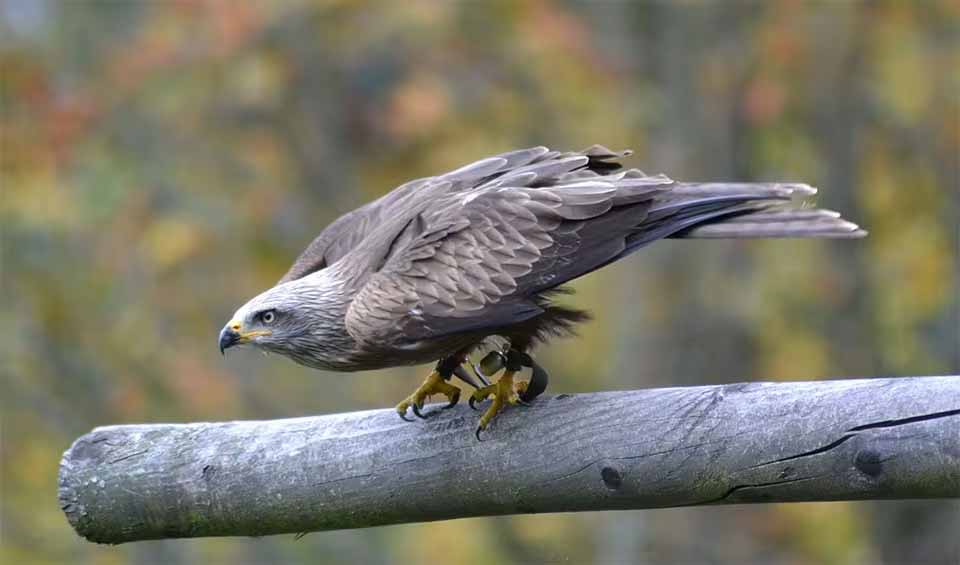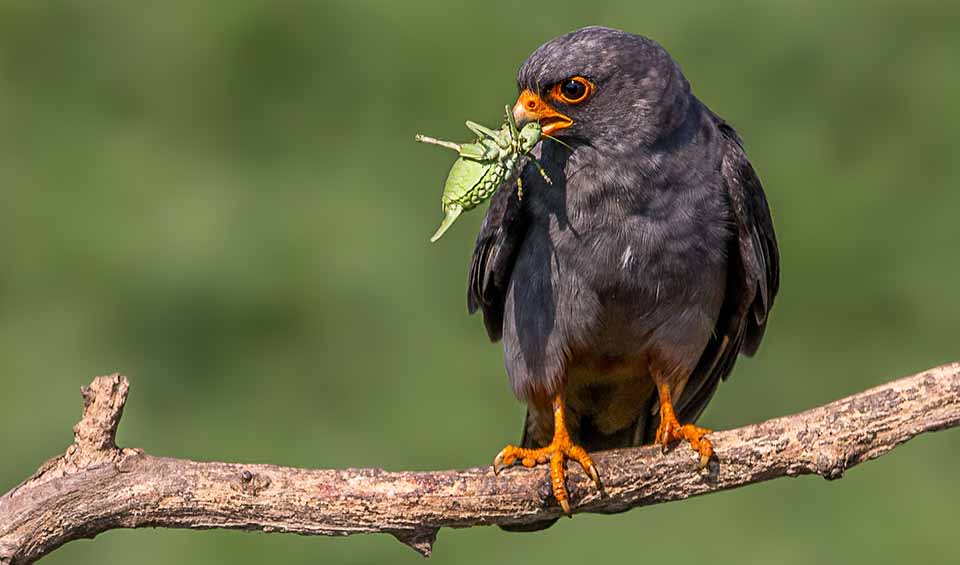Falco – Falcons
The pure falcons in the actual sense
Falcons are some of the most widely recognized and admired birds of prey across the globe. These birds are characterized by their exceptional flying abilities, facilitated by their long, pointed wings and powerful musculature.
Found on every continent except Antarctica, falcons have adapted to a wide range of habitats, including deserts, mountains, forests, and coastal regions. Their near-global distribution speaks to their remarkable adaptability and success as predators.
One of the most distinctive features of true falcons is their sexual dimorphism, where the female, referred to as the “falcon,” is typically larger and more powerful than the male, known as the “tiercel.” This size difference is advantageous in hunting and is also a factor in falconry, where females are often preferred for their hunting prowess.
Falcons are known for their incredible hunting skills, which include high-speed dives, or “stoops,” where they can reach speeds over 320 km/h (200 mph), making the Peregrine Falcon the fastest animal on the planet. Their prey includes a variety of birds and small mammals, which they capture with their sharp talons.
The beak of a falcon is uniquely suited to killing prey. The “tooth” or tomial tooth — a notch on the side of the beak — helps to sever the spinal cords of their prey, ensuring a swift kill. Additionally, falcons possess “malar stripes,” which are thought to reduce glare from the sun and aid in hunting, much like the black paint athletes wear under their eyes.
Falcons typically do not construct their own nests; instead, they often utilize natural ledges on cliffs, tree hollows, or even nests abandoned by other birds. In urban areas, they have adapted to nest on tall structures such as skyscrapers and bridges.
Falconry, the art of training falcons to hunt, dates back thousands of years and remains a popular practice today. It is an integral part of the cultural heritage of many societies and has played a role in conservation efforts for falcons and other birds of prey.
Species in this genus
Saker falcon
Their keen vision enables them to scan vast landscapes, identifying small movements or potential prey items even from high altitudes
Grey falcon
Presenting one of the world’s rarest falcons!
Red-footed falcon
Their favorite snack? Large insects like locusts and dragonflies
American kestrel
The smallest of falcons in the entirety of America, but you would be mistaken to take this bird lightly
Eurasian kestrel
Adaptable raptor known for its hovering hunting technique and striking appearance
Gyrfalcon
Largest of falcons: can grow up to 60cm (2 ft) in height
Merlin
The pocket-sized falcon with an eagle’s attitude
Peregrine falcon
At the speed of over 321 km/h (200 mph), this bird outraces a Formula1 car









